Division prioritizes preservation
The Delaware Historic Preservation Tax Credit Program is crucial in promoting the rehabilitation of historic properties across the First State, leading to the revitalization of hundreds of properties.
Since the creation of the program in 2001, more than 300 properties have benefited from more than $93 million in tax credit investments, leveraging over $416 million in investment. Of the 309 buildings impacted by the program, including 124 buildings in Wilmington, 78 in New Castle County, 39 in Kent County and 68 in Sussex County. The program is currently authorized through fiscal year 2030.
In fiscal year 2021, 19 properties were awarded credits, 10 of which are in the hands of property owners wishing to rehabilitate their historic homes.
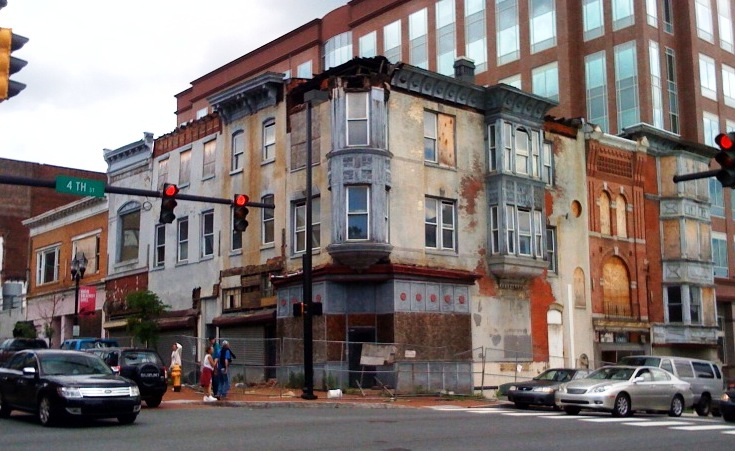
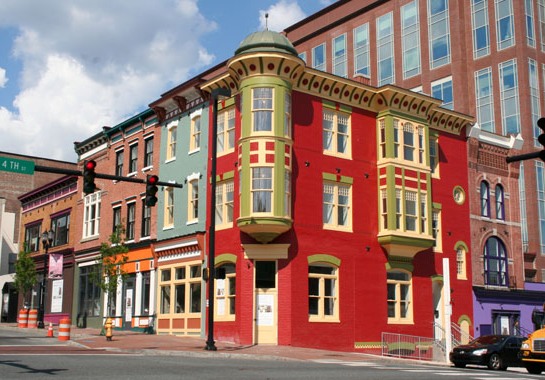
Recently rehabilitated properties include 400 N. Market St. in Wilmington, historically known as Optimo Cigars. This three-story brick commercial building featuring a corner tower was constructed in 1880 as a mixed-used building with commercial space on the ground floor and residential units above. In the 20th century, the building was drastically altered in many ways, but now has been restored thanks to the Division’s review and input and more than $2 million in investments made by the property owner.
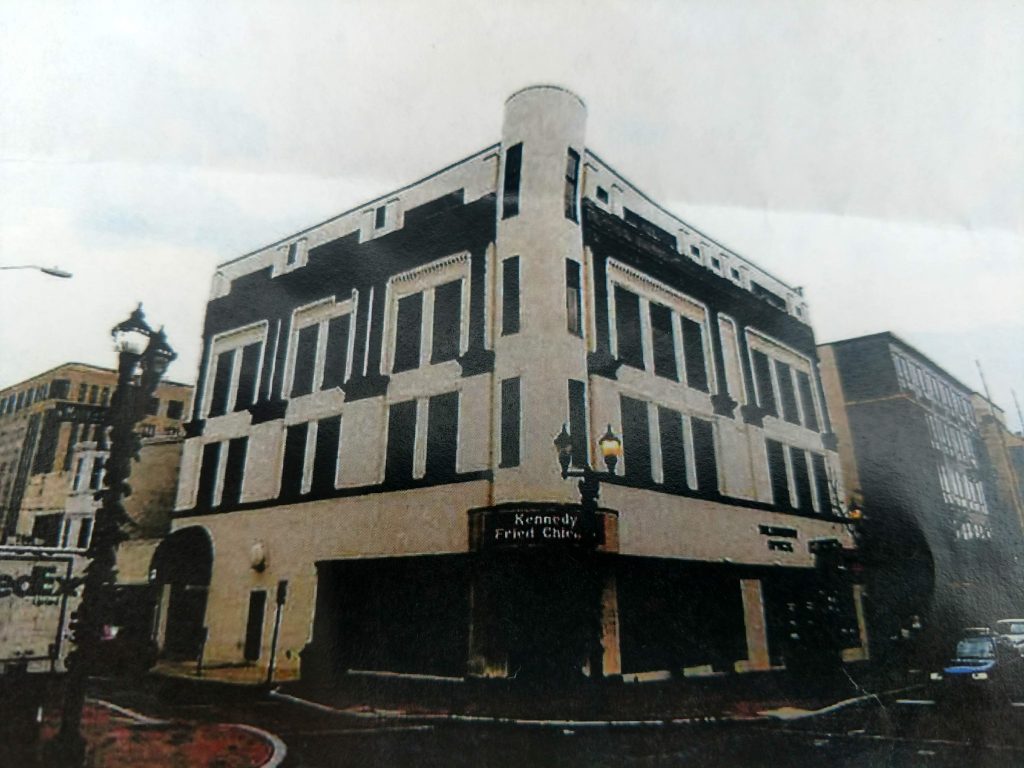
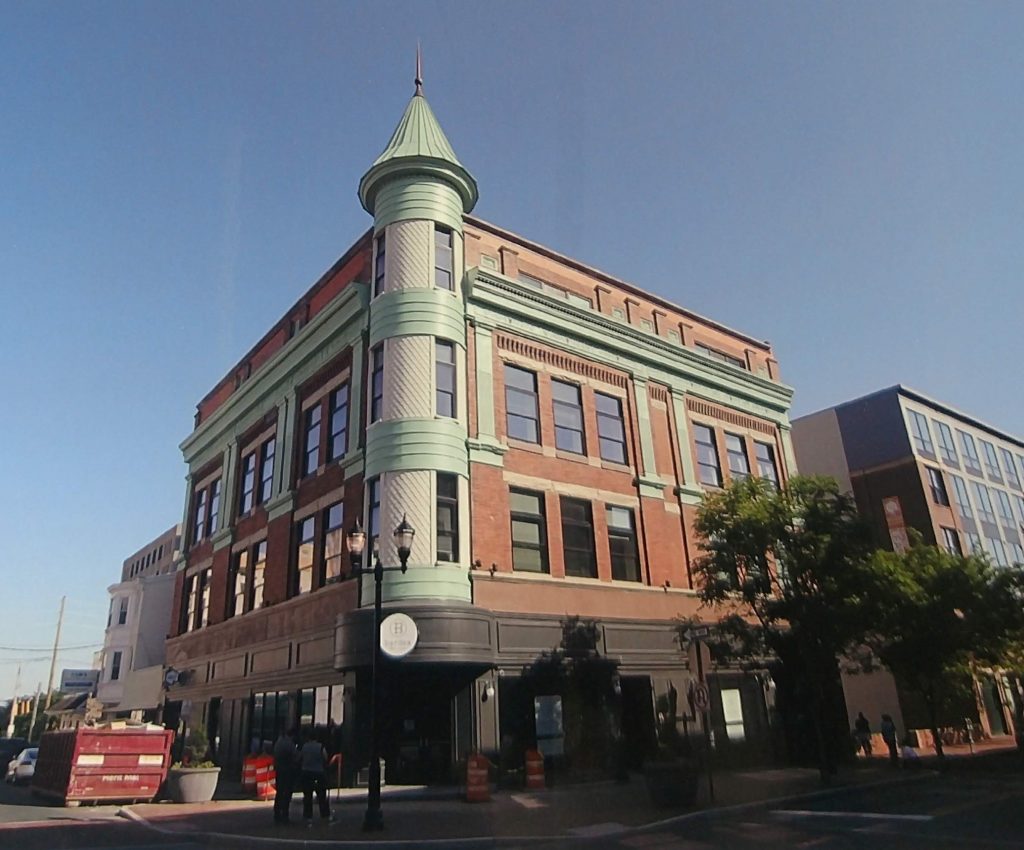

This program also supported the restoration of the Snellenburg Store at 2 E. 7th St. in Wilmington. This four-story commercial building, built in 1895 and expanded in 1900, was designed in the Queen-Anne style by Edward L. Rice as a local branch of the Snellenburg’s Department Store in Philadelphia. After 1930, the building was used by a succession of retailers, experienced heavy renovations in the 1970s and, by 2016, the property was nearly encased in concrete and was used as retail and office space. It was rehabilitated starting in 2016, with a restaurant on the first floor and residences on the floors above.
Traveling south, the former Lou’s Shoe Bootery in Milford has also benefited from the program. This three-story, stucco-clad, gable-end brick building at 48 N. Walnut Street in Milford was constructed in 1843 and is known by many names. Historically, it is the Cooper Building, also referred to as the Pikus building, named after the family who owned the longtime local shoe store. In its lifetime, the first floor of the building was consistently used as commercial space with the upper floors used for various purposes, including meeting rooms for a Masonic Lodge. The three main floors of this building were substantially altered over time and the upper floors were left vacant through much of the 20th century. Rehabilitation supported by this program included substantial structural work such as the removal and reconstruction of one of the gable-end walls.
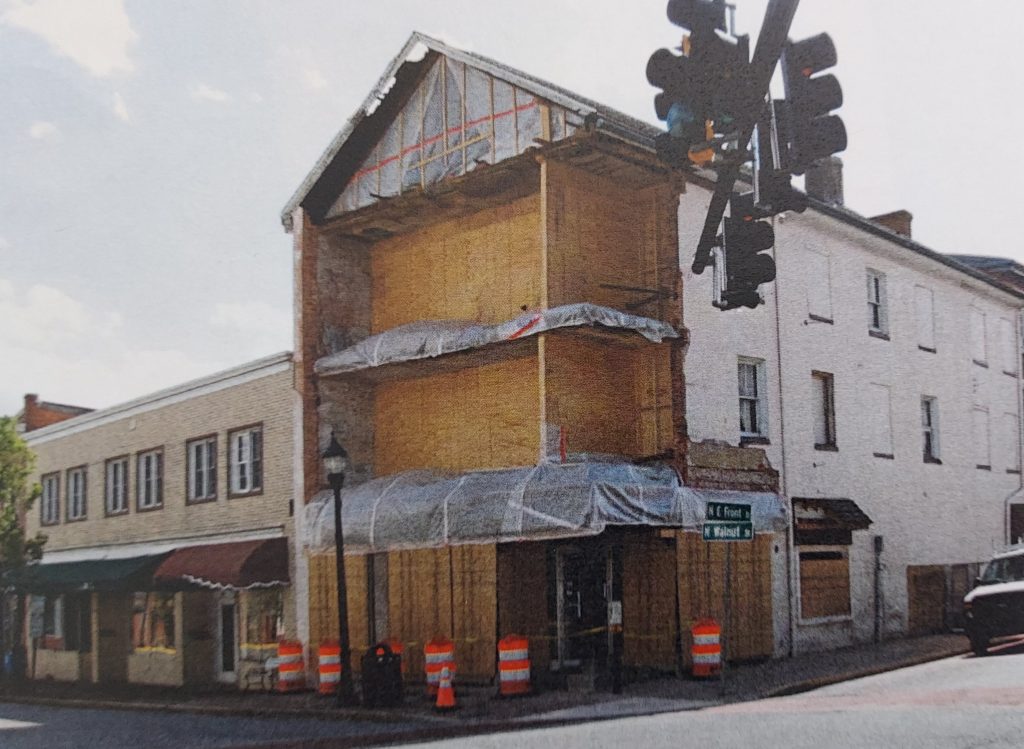
Delaware’s Historic Tax Credit program encourages the preservation of historic buildings, rewards private investment in rehabilitation, promotes investment in existing communities and encourages retention of community character through appropriate rehabilitation standards. Tax credits are made available to owners of historically significant properties through this program in order to preserve Delaware’s historic and cultural resources while also creating jobs and promoting economic revitalization. Each fiscal year, $8 million in tax credits are made available to owners of historically significant properties.
For more information about the program, go to history.delaware.gov/preservation/taxcredit.


